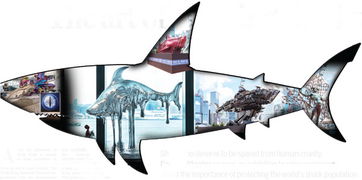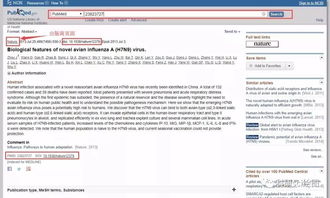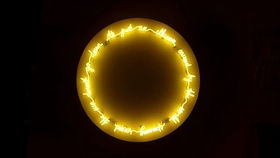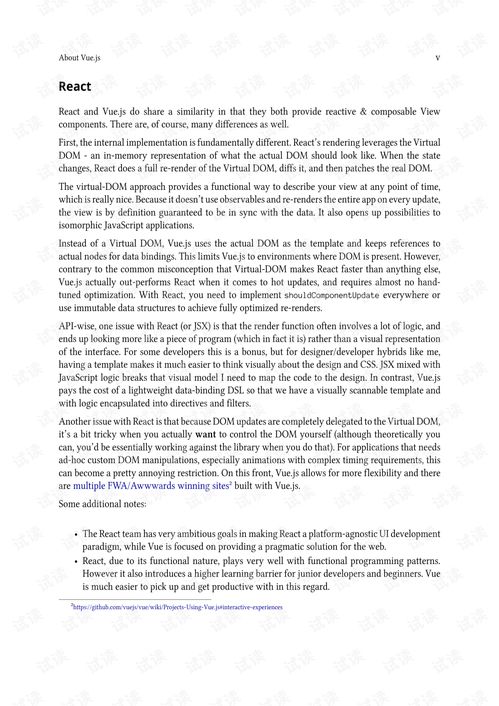Content:
Fishing at the seaside is a timeless pastime that offers a unique blend of relaxation and adventure. Whether you are a seasoned angler or a beginner looking to get started, mastering the art of fishing can be an incredibly rewarding experience. In this article, we will explore the essential tips and techniques for training yourself in the skill of fishing at the beach. From selecting the right equipment to understanding the behavior of marine life, we will guide you through the process of becoming a proficient fisherman.
Choosing the Right Equipment
The first step in training yourself to fish at the seaside is to select the appropriate equipment. Here are some key pieces of gear to consider:
a. Rod and Reel: A quality rod and reel combination is essential for successful fishing. Look for a rod that is lightweight and flexible, and a reel that matches the type of fish you plan to catch.
b. Line: Choose a line that is appropriate for the type of fish you are targeting. Monofilament, fluorocarbon, and braided lines are the most common options, each with its own advantages and disadvantages.
c. Hooks: Hooks come in various sizes and shapes, so it's important to choose the right ones for your target fish. Research the local marine life and select hooks that are suitable for their size and species.
d. Lures and Bait: Lures are artificial imitations of fish or insects that can attract fish to your bait. Bait, on the other hand, is a natural food source that can be used to attract fish. Experiment with different lures and baits to see what works best in your chosen fishing spot.
Learning the Basics of Casting

Casting is the process of throwing your lure or bait into the water. Here are some tips for mastering the art of casting:
a. Hold the rod with a firm grip: Keep your fingers wrapped around the reel handle and use your thumb and index finger to control the rod.
b. Practice your stance: Stand with your feet shoulder-width apart and your knees slightly bent. This will help you maintain balance and control while casting.
c. Load the rod: To load the rod, bring the tip back towards your body, then flick it forward. This will help you generate power and distance.
d. Aim and release: Once you have loaded the rod, aim it in the direction you want to cast. When you're ready, release the line with a smooth, continuous motion.
Understanding the Behavior of Marine Life
To be a successful fisherman, it's important to understand the behavior of the fish you are targeting. Here are some key points to consider:
a. Study the local species: Research the fish that inhabit the area where you plan to fish. This will help you understand their feeding habits, migration patterns, and preferred habitats.
b. Timing is crucial: Fish are most active during certain times of the day, such as early morning, late afternoon, and at night. Try to fish during these peak times to increase your chances of catching fish.
c. Observe the environment: Pay attention to the underwater terrain, such as rocks, reefs, and sandbars, as these can affect the fish's behavior and location.
Learning to Read the Water
Reading the water is an essential skill for any fisherman. Here are some tips for interpreting what you see in the water:
a. Look for signs of fish activity: Look for surface disturbances, such as splashes or boils, which can indicate the presence of fish.
b. Observe the bottom: Pay attention to the color and texture of the bottom, as well as any structures or vegetation that may be present.
c. Use your senses: Wind, currents, and temperature can all affect fish behavior. Be aware of these factors and how they might impact your fishing experience.
Developing a Patient Mindset
Fishing is a patient sport that requires a calm and focused mindset. Here are some tips for maintaining your mental state:
a. Take deep breaths: This will help you stay relaxed and focused on the task at hand.
b. Observe your surroundings: Look at the scenery, listen to the sounds of the ocean, and feel the rhythm of the waves. This will help you unwind and enjoy the experience.
c. Stay patient: Don't get discouraged if you don't catch fish right away. Remember that fishing is a skill that takes time to develop, and with practice, you will improve.
In conclusion, training yourself to fish at the seaside requires a combination of knowledge, practice, and patience. By selecting the right equipment, mastering the basics of casting, understanding the behavior of marine life, learning to read the water, and developing a patient mindset, you will be well on your way to becoming a proficient fisherman. So grab your rod and reel, and head to the beach to start your fishing journey today!












